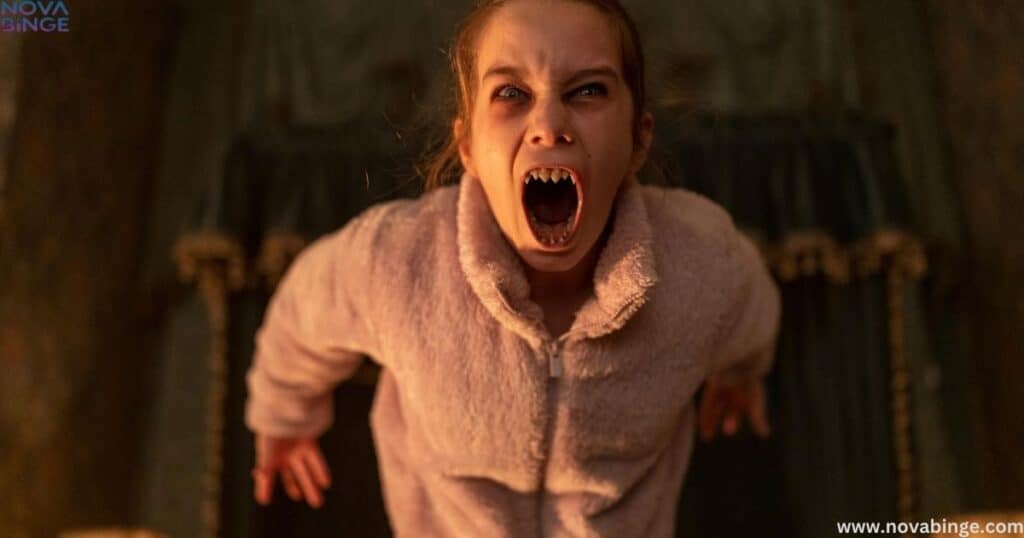In the realm of horror films, setting plays a crucial role in crafting the perfect atmosphere of dread and suspense. The 2024 thriller “Abigail” takes this to heart, using the moody landscapes and historic architecture of Dublin, Ireland, to weave a tapestry of terror. Let’s dive into the eerie world of “Abigail” and uncover the real-life locations that bring this chilling tale to life.
Introduction: Setting the Stage for Horror
“Abigail” isn’t your run-of-the-mill horror flick. It’s a twisted tale of a young dancer kidnapped for ransom, who turns out to be far more than her captors bargained for.
As the story unfolds in a creepy old house, viewers are treated to a visual feast of gothic architecture and misty Irish landscapes.
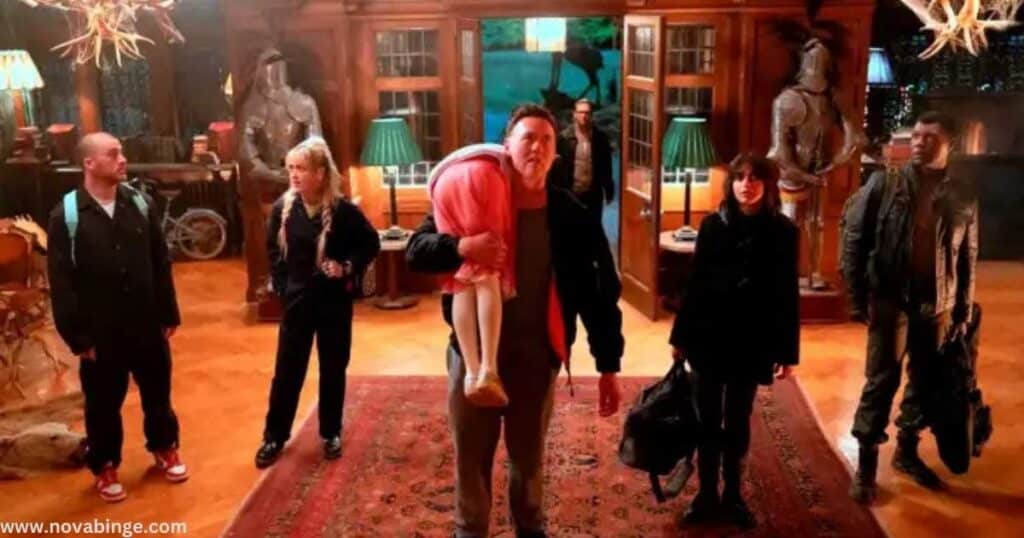
But why Dublin? The choice of location is no accident. Ireland’s capital city, with its blend of modern urban sprawl and ancient stone buildings, provides the perfect backdrop for a story that blurs the lines between past and present, reality and nightmare.
Dublin: The Eerie Heart of “Abigail”
Why Dublin Was Chosen
Dublin’s rich history and atmospheric streets make it a natural choice for horror film settings. The city’s ability to seamlessly blend the old with the new creates a sense of timelessness that’s perfect for “Abigail’s” 1920s-inspired aesthetic.
“Dublin has this incredible duality,” says location scout Maeve O’Brien. “You can turn one corner and feel like you’re in a modern European capital, then turn the next and suddenly you’re transported back centuries. It’s that unpredictability that makes it ideal for horror.”

Specific Dublin Neighborhoods Featured
While the film doesn’t explicitly name all the neighborhoods used, eagle-eyed viewers might spot scenes filmed in:
- Clontarf: Known for its Victorian and Edwardian houses
- Ballsbridge: Home to many embassies and grand period homes
- Rathmines: A bustling area with a mix of architectural styles
Read more about his: Falling Like Snowflakes Filming Locations
Enhancing the Gothic Atmosphere
Dublin’s architecture plays a starring role in “Abigail.” The city’s abundance of Georgian townhouses, with their tall windows and ornate doorways, lends an air of faded grandeur to the film. Meanwhile, the narrow cobblestone alleys of areas like Temple Bar provide perfect chase scenes and moments of claustrophobic terror.
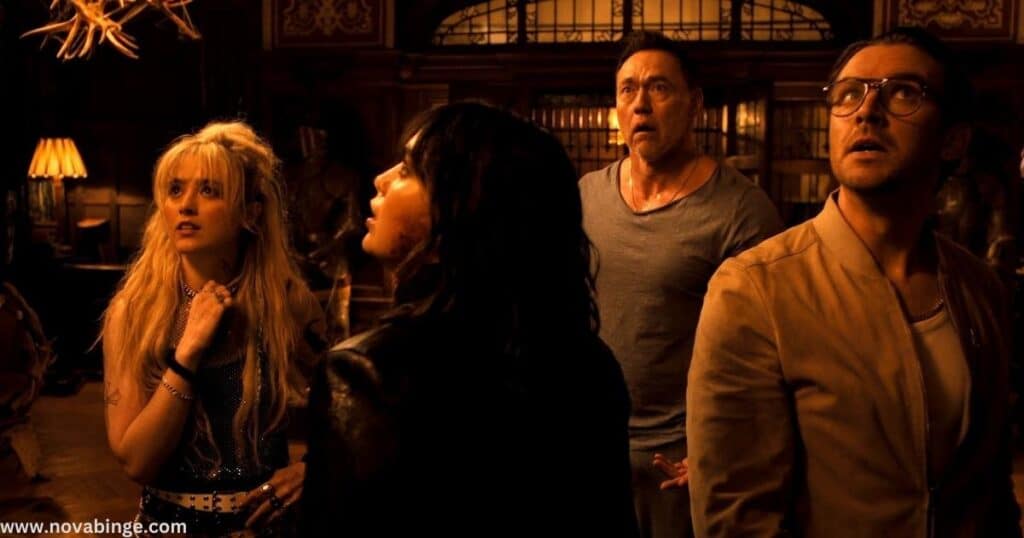
Glenmaroon House: Abigail’s Creepy Mansion
At the heart of “Abigail” lies a foreboding mansion where much of the action takes place. While the film doesn’t name the location explicitly, sources close to the production have revealed that Glenmaroon House in Dublin’s Phoenix Park served as the primary filming location for these scenes.
History and Background
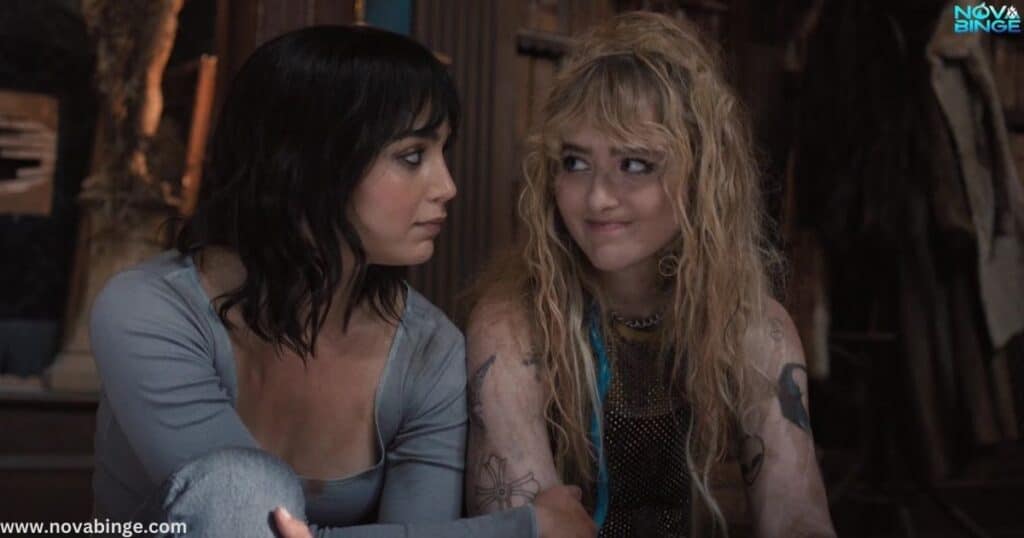
Built in the 1870s, Glenmaroon House is a Victorian mansion with a storied past. Originally a private residence, it later served as a hospital during World War I and has since been used for various purposes, including as a filming location.
Transformation for the Film
To bring “Abigail” to life, the production team worked tirelessly to transform Glenmaroon into a decaying 1920s manor. Set designers added period-appropriate furnishings, while lighting crews used shadows and practical effects to create an omnipresent sense of unease.
| Original Feature | Film Transformation |
|---|---|
| Bright, airy rooms | Dim, shadow-filled spaces |
| Well-maintained grounds | Overgrown, neglected garden |
| Modern amenities | Period-appropriate props and decor |
| Clean, intact walls | Peeling wallpaper and signs of decay |
Key Scenes Filmed at Glenmaroon
- The tense dinner scene where Abigail first realizes something is amiss
- The basement sequence where [SPOILER] is revealed
- The climactic confrontation in the grand ballroom
Ardmore Studios: Where Movie Magic Happens
While much of “Abigail” was filmed on location, some scenes required the controlled environment of a studio. Enter Ardmore Studios, Ireland’s premier film and TV production facility.
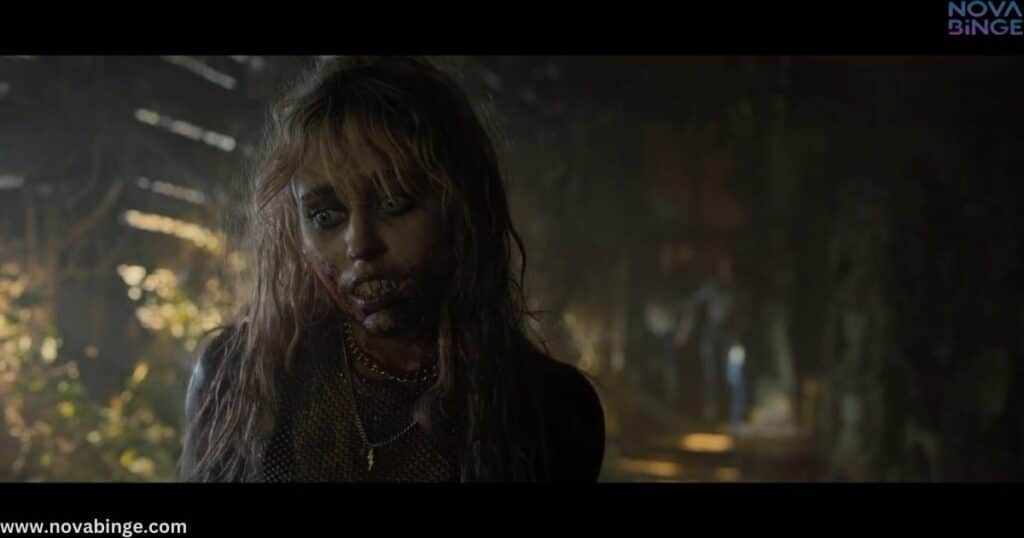
Overview of Ardmore Studios
Located in Bray, County Wicklow, Ardmore Studios has been a cornerstone of Irish film production since 1958. It’s hosted productions ranging from “Braveheart” to “The Tudors,” and now adds “Abigail” to its impressive roster.
Sets Constructed for “Abigail”
At Ardmore, the “Abigail” team constructed several key sets:
- The interior of Abigail’s Boston dance studio
- A replica of parts of the mansion for stunts and effects work
- The underground lair where [SPOILER] takes place
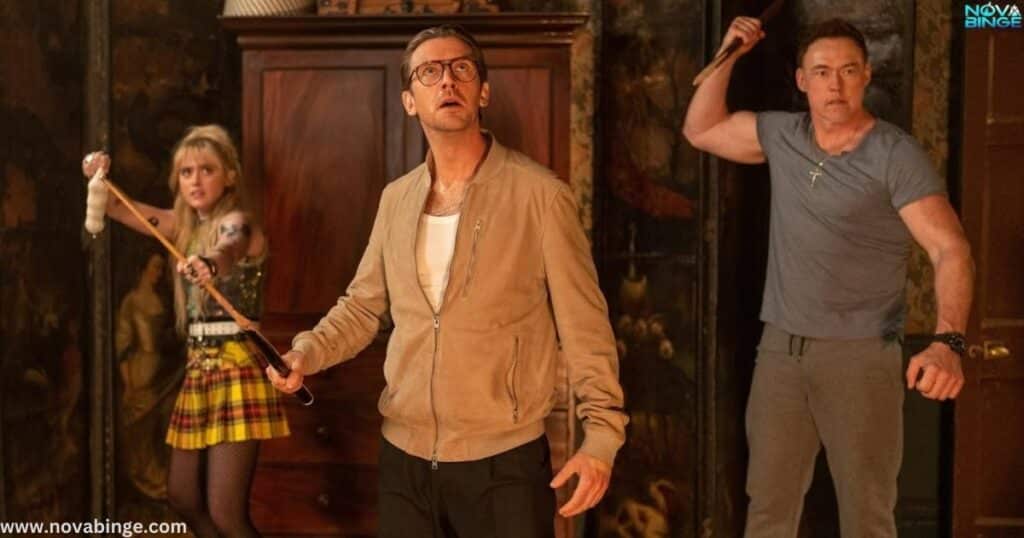
Behind-the-Scenes Tidbits
- The special effects team used over 50 gallons of fake blood throughout filming
- A team of 20 set designers worked round-the-clock to age the mansion set
- Kathryn Newton, who plays Abigail, spent three months training with professional dancers to perfect her movements
The Streets of Dublin: Urban Horror Unleashed
While the mansion is central to the story, “Abigail” also makes use of Dublin’s urban landscape to create a sense of isolation and danger.
Notable Street Scenes

- Grafton Street: Used for a tense chase sequence, with shops transformed to fit the 1920s setting
- St. Stephen’s Green: The park serves as a deceptively peaceful backdrop for a crucial meeting
- O’Connell Street: Its wide boulevards provide a stark contrast to the claustrophobic mansion interiors
Making Dublin Sinister
To transform Dublin’s often cheery streets into something more menacing, the production team employed several tricks:
- Filming primarily at night or during overcast days
- Using smoke machines to create an ever-present mist
- Removing or covering modern signage and replacing it with period-appropriate versions
Local Reactions
Dubliners, known for their good humor, largely took the filming in stride. Local business owner Siobhan Murphy notes, “It was a bit odd seeing our street turned into something out of a nightmare, but it was exciting to be part of a big production.”
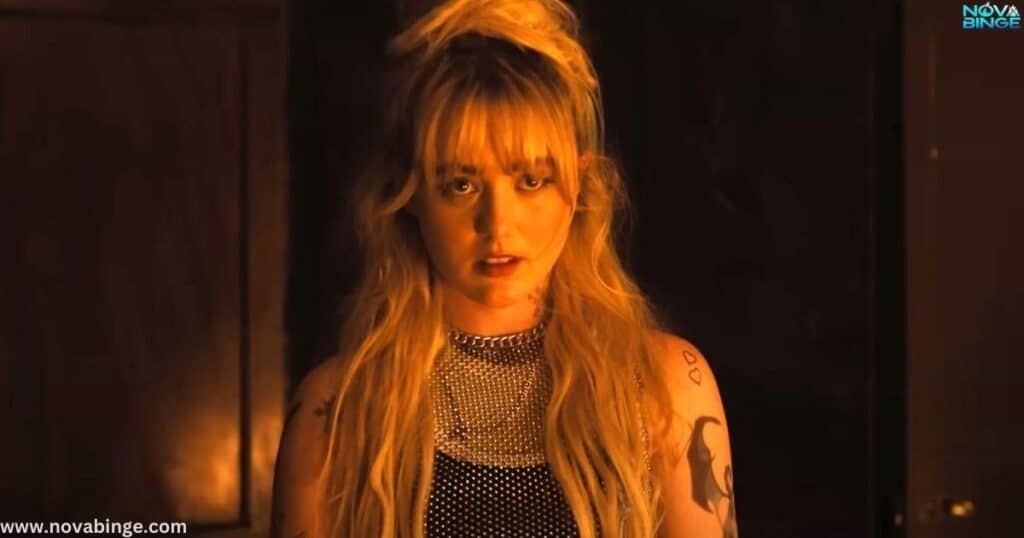
Natural Landscapes: Ireland’s Misty Backdrop
While “Abigail” is primarily set in and around Dublin, the film makes use of Ireland’s natural beauty to enhance its atmospheric horror.
Wicklow Mountains National Park
Often called “the garden of Ireland,” Wicklow Mountains National Park provides a breathtaking and eerily beautiful backdrop for several key scenes:
- The opening sequence, where we first glimpse Abigail’s supernatural abilities
- A tense chase through misty forests
- The final, climactic confrontation [SPOILER]
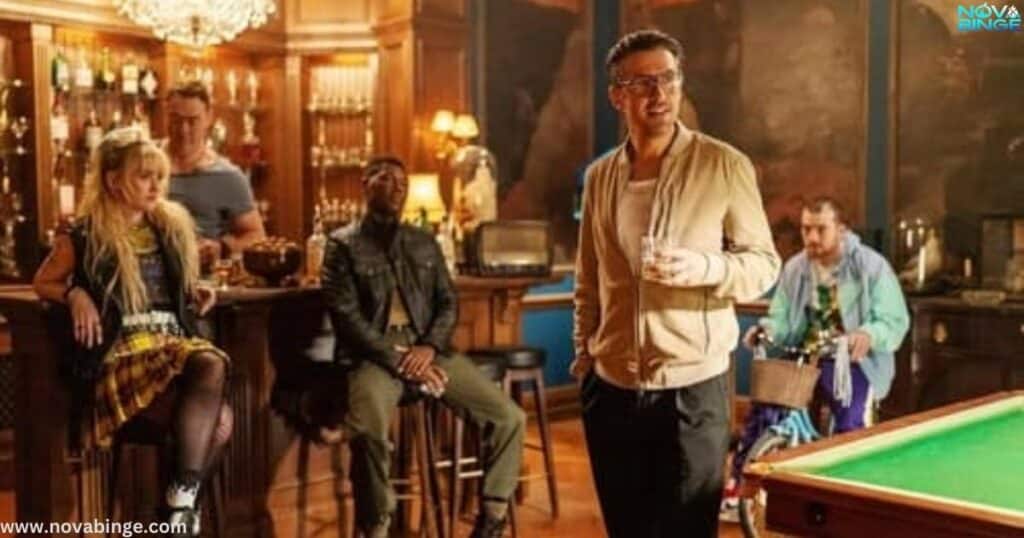
Coastal Locations
While not a major part of the film, Ireland’s dramatic coastline makes a brief but memorable appearance:
- Howth Head: Used for a scene where [SPOILER] contemplates their next move
- Killiney Beach: The site of a pivotal flashback sequence
Weather as a Character
Ireland’s famously changeable weather played a significant role in setting the mood for “Abigail.” Director Matt Bettinelli-Olpin notes, “We didn’t have to manufacture much when it came to creating a spooky atmosphere. The Irish weather did a lot of the work for us.”
The Art of Location Scouting
Finding the perfect locations for a horror film is an art in itself. We spoke with “Abigail’s” location scout, Maeve O’Brien, to get some insight into the process.
Challenges Faced
“Our biggest challenge was finding locations that could believably double for 1920s Boston while still maintaining that uniquely Irish character,” O’Brien explains. “We wanted viewers to feel slightly disoriented, never quite sure where or when they were.”
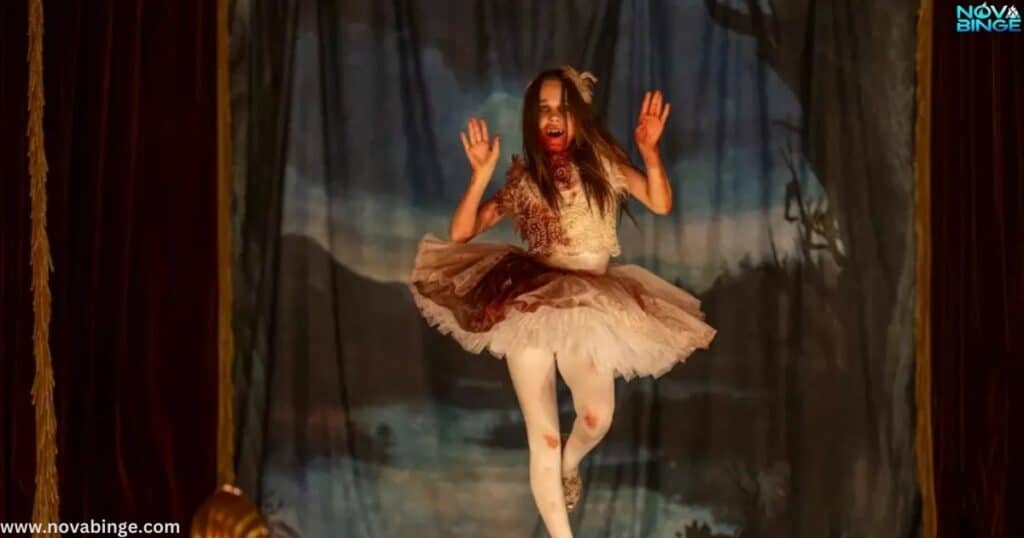
Altering Locations for the 1920s Setting
To achieve the film’s period look, the production team had to get creative:
- Temporary facades were constructed to hide modern storefronts
- Vintage cars were brought in to line the streets
- Digital effects were used to remove anachronistic elements in post-production
Comparing “Abigail” to Other Films Shot in Ireland
Ireland has a rich history of hosting horror productions, from classics like “The Shining” (which used Ardmore Studios for some interiors) to more recent hits like “The Hole in the Ground.” What sets “Abigail” apart is its seamless blending of urban and rural locations, creating a world that feels both claustrophobic and expansive.
Virtual Tour: Visiting “Abigail’s” Locations
For fans eager to experience the world of “Abigail” firsthand, here are some tips for exploring the film’s key locations:
- Glenmaroon House: While not open to the public, it can be viewed from the roads in Phoenix Park.
- Dublin City Center: Many of the street scenes can be easily visited on foot or by public transport.
- Wicklow Mountains National Park: Accessible by car or tour bus from Dublin.
Best Times to Visit
For the full spooky experience, consider visiting during Ireland’s autumn months (September to November). The misty mornings and early evenings provide the perfect atmosphere for reliving the film’s most chilling moments.

Conclusion: The Impact of Location on “Abigail’s” Success
The choice to film “Abigail” in Dublin and its surrounding areas proves to be a masterstroke. The city’s unique blend of history and modernity, combined with Ireland’s misty natural landscapes, creates a world that’s at once familiar and deeply unsettling.
As viewers watch Kathryn Newton’s Abigail navigate this treacherous terrain, they’re drawn into a world where the line between reality and nightmare is blurred.
It’s a testament to the power of location in horror films, and a reminder that sometimes the most frightening monsters are the ones hiding in plain sight.
FAQs: Unraveling the Mysteries of “Abigail’s” Filming
Q: Was the entire movie filmed in Ireland?
A: While the majority of “Abigail” was filmed in and around Dublin, some second unit footage was shot in Boston to establish the story’s American connection.
Q: Did any of the cast have connections to the filming locations?
A: Interestingly, actor Dan Stevens, who plays one of the kidnappers, had previously visited Dublin while researching his role in the film “The Guest.”
Q: Were any scenes filmed on sound stages vs. on location?
A: Yes, several interior scenes were filmed at Ardmore Studios, particularly those requiring extensive special effects or stunt work.
Q: How long did filming take in Dublin?
A: Principal photography in Dublin lasted approximately 10 weeks, with an additional 2 weeks for pick-up shots and exteriors.
Q: Were any historical sites used in the movie?
A: While many of the locations have historical significance, the production was careful not to damage any protected sites. Glenmaroon House, while old, is not a designated historical landmark.
By blending the gothic charm of Dublin with the raw power of Ireland’s landscapes, “Abigail” creates a world that’s as beautiful as it is terrifying. It’s a horror film that uses its setting to full effect, reminding us that sometimes the most frightening stories are the ones that feel just a little too close to home.

David Lee is a seasoned writer specializing in filming locations. With a keen eye for detail and a passion for cinema, David explores the stories behind iconic sites and shares unique insights that bring your favorite films and series to life.

